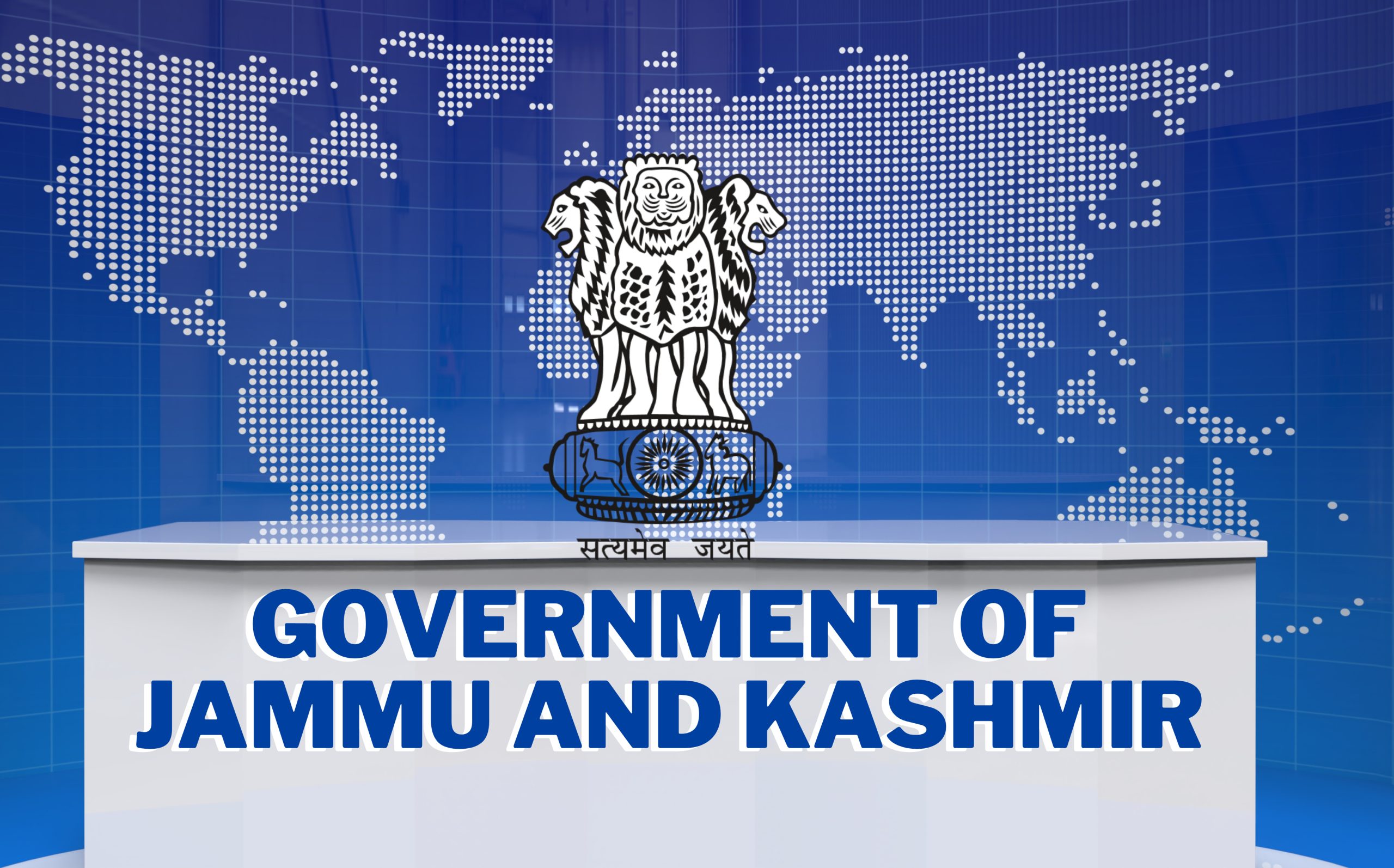Funds for BDCs, Panchayats, and ULBs may be allocated to Administrators.
*DDCs are also requesting a share from the UT capex budget
Sanjeev Pargal
JAMMU, Feb 16: Under a new proposal from the Government, legislators are being asked to identify development projects for their constituencies for the financial year 2025-26. Consequently, some MLAs might receive funding ranging from Rs 45-50 crore, exceeding previous expectations of around Rs 30 crore, while District Development Councils (DDCs) are also seeking allocations from the UT capex budget for developmental activities.
Follow the Daily Excelsior channel on WhatsApp
However, given that the two tiers of the Panchayati Raj System—Panchayats and Block Development Councils (BDCs)—along with Urban Local Bodies are currently non-operational, their budgets are likely to be managed by Administrators. Some DDC chairpersons have expressed the desire for authority to devise plans for the Panchayats and BDCs until elections are conducted for these entities.
According to official sources, MLAs representing hilly and smaller districts are expected to secure funding between Rs 45-50 crore for development initiatives in their constituencies, which will be implemented by the Government following the identification by the respective legislator. In contrast, MLAs from larger districts such as Jammu might receive funding in the range of Rs 30-32 crore.
As previously reported, legislators will solely identify projects for funding in their constituencies for the upcoming financial year, while the respective departments will execute these projects in accordance with established governmental protocols. This funding will be separate from the Constituency Development Fund (CDF), which MLAs will receive next financial year after the budget presentation and can allocate according to specified guidelines.
“In Jammu region, MLAs from smaller districts such as Doda, Kishtwar, Ramban, and Reasi are poised to receive around Rs 45-50 crore due to the fewer number of Assembly constituencies. However, in Jammu district—with 11 MLAs—the anticipated funding is only approximately Rs 30-32 crore,” sources indicated, noting that construction costs in hilly regions are typically higher than in plains like Jammu and Samba districts.
This marks the first occasion where MLAs, regardless of party affiliation, have been asked by the Government to identify developmental projects for a specific financial year. This initiative will enhance the MLAs’ influence over the development of their constituencies, backed by the UT’s capex budget.
It is noteworthy that Jammu district leads the region with the highest number of Assembly constituencies (11), followed by Kathua (6), Rajouri (5), and Udhampur, Reasi, Doda, Kishtwar, Samba, and Poonch (each with 3), while Ramban district has 2 Assembly seats.
Regarding BDCs, Panchayats, and Municipalities, their budgets will be overseen by Block Development Officers (BDOs) or officials designated as Administrators by the Government due to the lack of elections.
During their budget meetings with Chief Minister Omar Abdullah, some DDC chairpersons advocated for the DDCs to be allowed to create plans for Panchayats and BDCs until elections are conducted. However, this request may not be favored by the Government.
While DDCs could receive some funding from the UT capex budget for developmental works, a final decision is still pending from the Government. The DDCs’ budget is derived from the district capex.
Sources clarified that the new proposal for identifying priority projects will not impact the CDF allocated to MLAs. When the Jammu and Kashmir Assembly was disbanded in 2018, MLAs had an annual CDF of Rs 3 crore. Details regarding the CDF and its associated guidelines are expected to be revealed in the upcoming budget presentation by the Chief Minister in the Assembly on March 7.
“MLAs will have discretion in utilizing the CDF while adhering to the guidelines established by the Government,” sources emphasized.


Leave a Reply